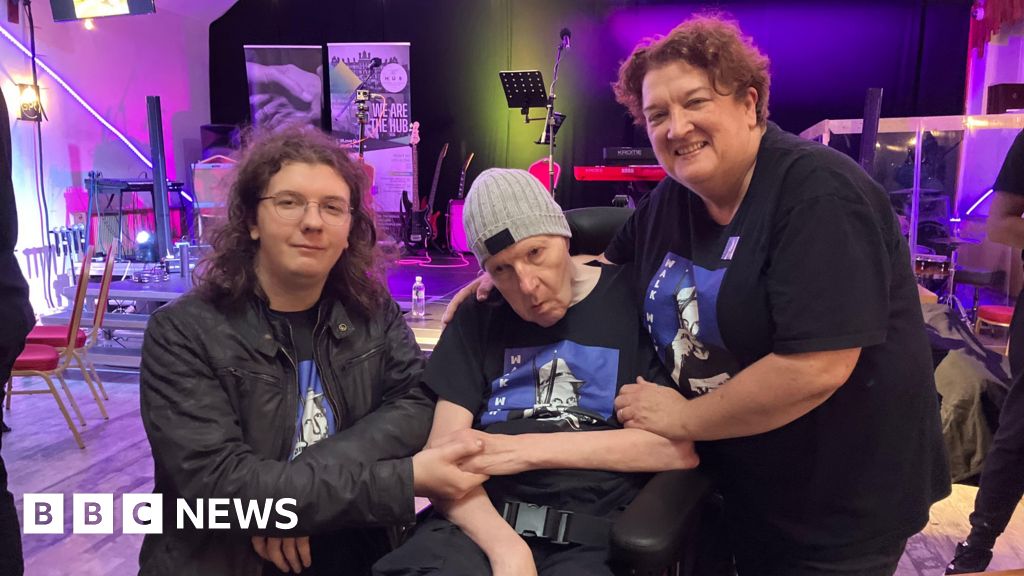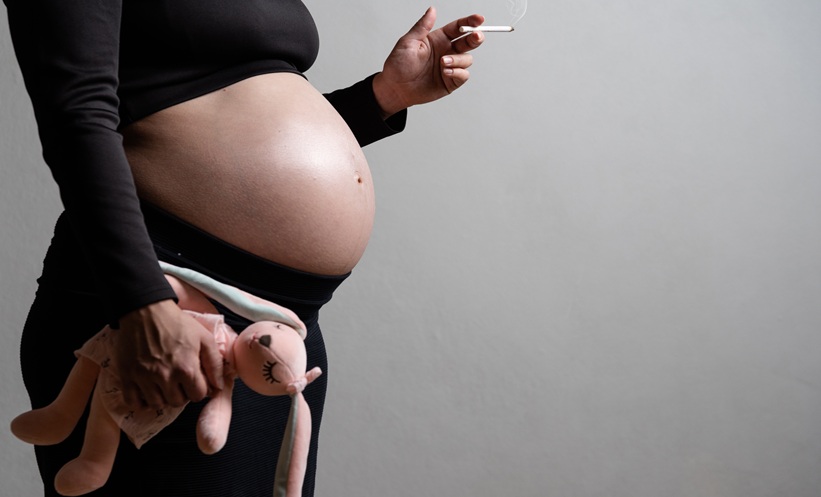A GROUNDBREAKING study has provided new evidence that vitamin C in pregnancy may influence childhood lung function by altering DNA methylation at key asthma- and allergy-associated loci, particularly in cases where mothers smoke during…
Category: 6. Health
-

Study decodes how young females and males experience depression
A new global study led by Australian researchers has uncovered key genetic differences in how females and males experience depression, providing valuable insights for the future of mental health education, research, and treatment. In a…
Continue Reading
-

Radiation-induced miR-208a Predicts Cancer Recurrence and Death Risk i
Introduction
Existing data shows that the incidence of lung cancer has been significantly increased for few decades globally.1,2 Especially in developed countries, authoritative statistical data from China reported that lung cancer has become…
Continue Reading
-

Advancing Understanding and Treatment of Cancer Cachexia: Future Chall
Introduction
Cancer cachexia (CC) is a severe metabolic disorder commonly observed in advanced cancer patients, characterized by persistent loss of skeletal muscle mass and unresponsive weight loss to conventional nutritional interventions.1,2…
Continue Reading
-
Experts share 5 tips to sort fact from fiction on gut health – Euronews.com
- Experts share 5 tips to sort fact from fiction on gut health Euronews.com
- Gut Health: Not Just a Trend Her Campus
- This science-backed 30-30-3 gut health method could change how you feel in days The Manual
- Dr Megan Rossi on why your long-term…
Continue Reading
-

Parkinson’s patient’s song released after 50 years
Liam BarnesEast Midlands and
Ash GeaneyBBC Radio Nottingham
 BBC
BBCDave Wells, centre, with son Buddy and partner Roz Friends of a man living with Parkinson’s disease have reunited to record a song he wrote more than 50 years ago.
Dave Wells, now 68,…
Continue Reading
-

Woman says Jess’ Rule could have prevented her incurable tumour
Sian Filcher, East Midlands
 BBC
BBCJessie Mae Lambert says her GP “should have taken her seriously” before she was diagnosed with an incurable brain tumour A woman diagnosed with an incurable brain tumour, who claims her GP dismissed her symptoms, has…
Continue Reading
-
Researchers design Laser-Induced Graphene sensors for sweat-based vitamin B6 tracking
Researchers from Hebei University of Technology, Tianjin University, Tianjin Tianzhong Yimai Technology Development Co., and The Pennsylvania State University have developed a wearable, regenerable, highly sensitive, and stable sweat sensor…
Continue Reading
-

Do daily calcium supplements affect dementia risk?
Share on Pinterest Calcium supplements do not increase dementia risk, a new study suggests. Image credit: Olly R/Stocksy - Many older women take calcium supplements to help with bone health.
- Previous research has raised concerns about calcium…
Continue Reading
-

Distribution and antibiotic resistance analysis of bloodstream infecti
Introduction
Bloodstream infections (BSI) are serious community- and hospital-acquired infections with notable incidence and mortality rates, posing a major threat to public health.1 With the widespread use of antimicrobial agents, hormones, and…
Continue Reading
